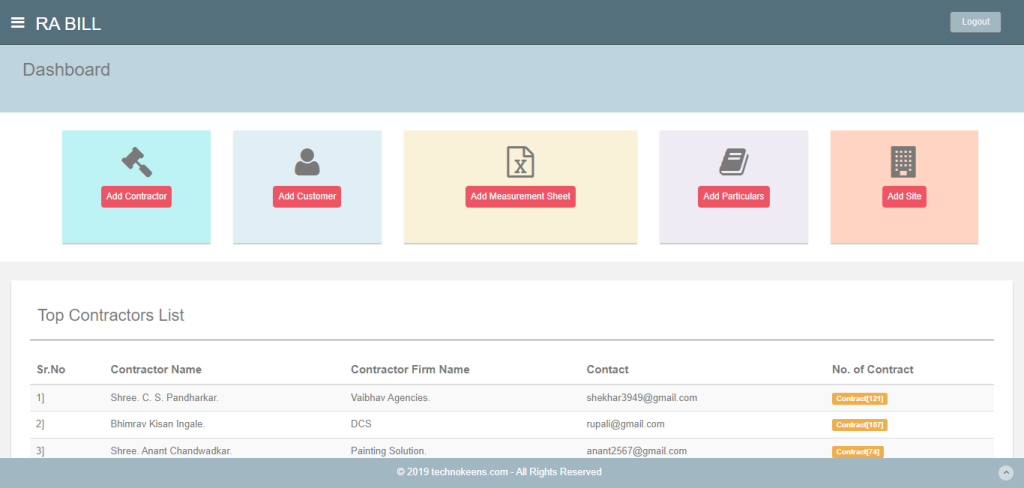Prioritizing The Issue
Technokeens: Approach to Tackling Key Issues
Once the problem is structured, the next step is to prioritize the issues. Not all parts of the problem are equally important, and resources are typically limited. This stage involves evaluating the importance of each issue based on factors like impact on the overall project, urgency, and resource availability.
Overview
Prioritizing Critical Issues: An In-Depth Overview of TechnoKeens' Strategic Approach
In the realm of project management, there exist several techniques that can aid in the process of issue prioritization. One such technique is the Pareto principle, also known as the 80/20 rule. According to this principle, a mere 20% of the causes are often responsible for a staggering 80% of the effect. This concept can prove invaluable when determining which issues should be given precedence.
Another effective method that teams can employ is scoring. In this approach, each issue is evaluated and assigned a score based on predefined criteria. The issues that receive the highest scores are then prioritized, ensuring that the team’s focus is directed towards the problems that will have the most significant impact on the project’s overall success.
The process of issue prioritization is a strategic phase that demands critical thinking and often necessitates making tough decisions. It requires a thorough analysis of the potential consequences and benefits associated with each issue. By engaging in this thoughtful evaluation, project teams can allocate their resources efficiently and concentrate their efforts on resolving the issues that hold the greatest potential for positively influencing the project’s outcome.
Furthermore, when prioritizing issues, it is crucial to consider the urgency and severity of each problem. Urgency refers to the timeline in which the issue needs to be addressed, while severity pertains to the impact it will have on the project if left unresolved. By evaluating these two factors, project managers can determine which issues require immediate attention and which can be addressed at a later stage.
It is also important to involve key stakeholders in the issue prioritization process. By soliciting input from team members, clients, and other relevant parties, a more comprehensive understanding of the potential impact and importance of each issue can be obtained. This collaborative approach not only helps in decision-making but also ensures that all perspectives are taken into account, ultimately leading to more effective issue resolution.
Industries

Adaptability: The Key to Successful Project Management
In some cases, it may be necessary to reevaluate and reprioritize issues as new information becomes available or as the project progresses. This adaptability allows project teams to remain agile and responsive to emerging challenges, ensuring that resources are allocated appropriately throughout the project lifecycle.
Impact
Mastering the Art of Issue Prioritization: Strategies for Project Success
In conclusion, issue prioritization is a critical aspect of project management that requires careful consideration and analysis. By employing techniques such as the Pareto principle, scoring, and assessing urgency and severity, project teams can make informed decisions about which issues should take precedence. Engaging stakeholders and remaining adaptable throughout the process will further enhance the effectiveness of issue prioritization, leading to successful project outcomes.

Related Case Studies
Take a look at
these related case studies

Renovation System Pro
Introducing a comprehensive project management and financial solution for the renovation industry, designed to streamline resource management, predict uncertainties with AI-driven anomaly detection, and facilitate financing through credibility analysis and fintech collaboration, complemented by a simplified and transparent bidding platform for project and property owners

House Owner Management System
Explore the challenges faced by property owners like Mr. Johnson who juggle the complexities of managing a portfolio of rental properties, and society owners struggling with the demands of overseeing community operations, as they both seek efficient systems to streamline task management, communication, and organizational responsibilities.

E-Painter

E-Tender

ASBD All Star Backdrop

Student Management System

E-Commerce Grocery Store

Investment Advisory Service

Taxi Booking App

Estimate Generator And Management Portal
Government employees, specifically junior engineers, are responsible for creating and managing estimates in an Excel sheet. This process involves using specific formulas for calculations. However, due to the large amount of data and records, searching, deleting, and updating records is a lengthy and time-consuming task.

Student Management System

